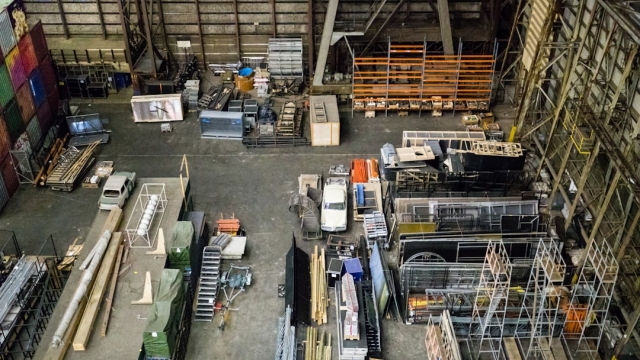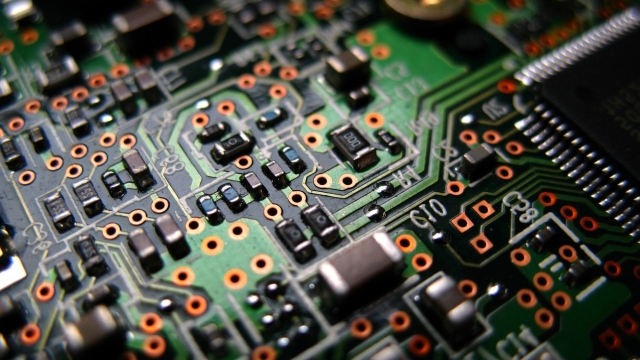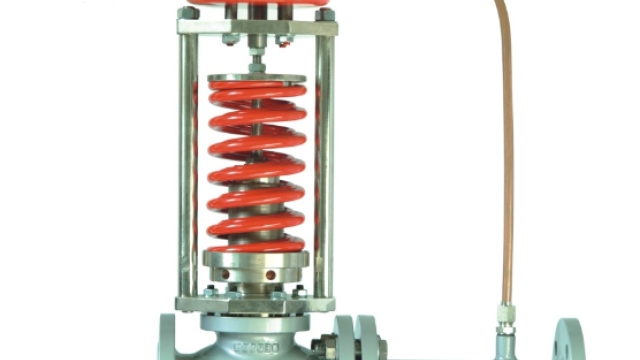Sustainable aquaculture is an essential approach to fish farming that seeks to balance the growing demand for seafood with the need to protect aquatic ecosystems. As the global population increases and the pressure on wild fish stocks escalates, sustainable aquaculture practices offer a viable solution to ensure that seafood production is both environmentally responsible and economically viable. This article will explore the importance of sustainability in aquaculture, examine various techniques for minimizing environmental impact, and highlight successful case studies of sustainable aquaculture operations.
Overview of Sustainable Aquaculture Practices
The core principle of sustainable aquaculture practices is to produce seafood in a way that minimizes harm to the environment and promotes the health of aquatic ecosystems. This involves employing techniques that reduce pollution, prevent habitat destruction, and maintain biodiversity. By adopting these practices, aquaculture can contribute positively to food security, while also addressing issues such as overfishing and habitat degradation.
Techniques for Reducing Environmental Impact in Aquaculture
There are several key techniques that can be employed to reduce the environmental impact of aquaculture:
Integrated Multi-Trophic Aquaculture (IMTA)
IMTA is a system that involves cultivating multiple species at different trophic levels in a single farming operation. For example, fish, shellfish, and seaweed can be grown together, allowing waste produced by one species to serve as nutrients for another. This synergistic approach enhances resource efficiency and reduces the need for external inputs.
Polyculture Systems
Polyculture is the practice of raising multiple species of fish together. By selecting compatible species that occupy different ecological niches, farmers can optimize space and resources. This method not only improves overall productivity but also reduces the risk of disease outbreaks, as diverse populations are less susceptible to pathogens.
Responsible Feed Sourcing
Feed accounts for a significant portion of the environmental impact of aquaculture. sustainable aquaculture practices emphasize the use of responsibly sourced feed, including plant-based ingredients and by-products from other industries. This reduces reliance on wild fish stocks and minimizes the ecological footprint of farming operations.
Case Studies of Successful Sustainable Aquaculture Operations
Several aquaculture operations around the world exemplify the successful implementation of sustainable practices.
Case Study: The Ocean Farm 1
Ocean Farm 1, located off the coast of Norway, is an innovative example of sustainable aquaculture. This facility utilizes IMTA by combining salmon farming with seaweed cultivation. The seaweed absorbs excess nutrients from the salmon, creating a closed-loop system that minimizes waste and enhances food production.
Case Study: Fish Farming in Thailand
In Thailand, a polyculture system has been successfully implemented in freshwater ponds. Farmers raise tilapia alongside shrimp and various vegetables. This approach not only increases fish yields but also provides additional income from vegetable sales, demonstrating the economic viability of sustainable aquaculture practices.
| Technique | Description | Benefits |
|---|---|---|
| IMTA | Multiple species cultivated together | Resource efficiency, waste reduction |
| Polyculture | Raising different fish species | Disease resistance, optimized yields |
| Responsible Feed Sourcing | Using sustainable feed ingredients | Reduced ecological footprint |
Future Trends and Innovations in Sustainable Aquaculture
The future of sustainable aquaculture practices looks promising, with ongoing research and innovation aimed at improving efficiency and reducing environmental impacts. Advances in breeding techniques, feed development, and monitoring technologies will enhance the sustainability of aquaculture operations. Moreover, consumers are becoming increasingly aware of the ecological implications of their seafood choices, driving demand for responsibly sourced products. In conclusion, adopting sustainable aquaculture practices is vital for the future of seafood production. By implementing techniques such as integrated multi-trophic aquaculture, polyculture systems, and responsible feed sourcing, aquaculture can thrive while protecting the environment. As consumers, making informed choices about seafood can further support these sustainable efforts. For more insights and information on sustainable aquaculture practices, consider visiting [Wolize](https://www.wolize.com).



